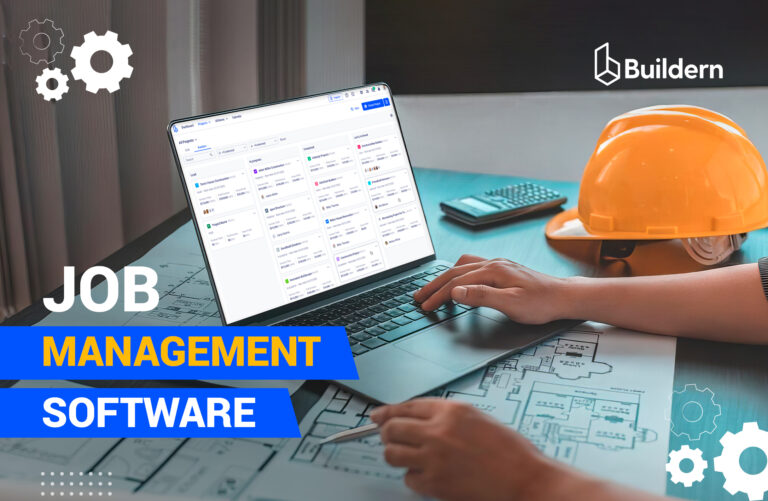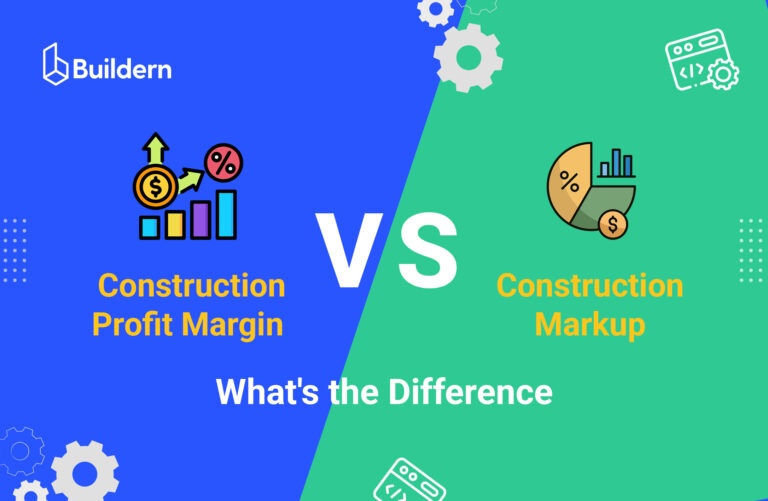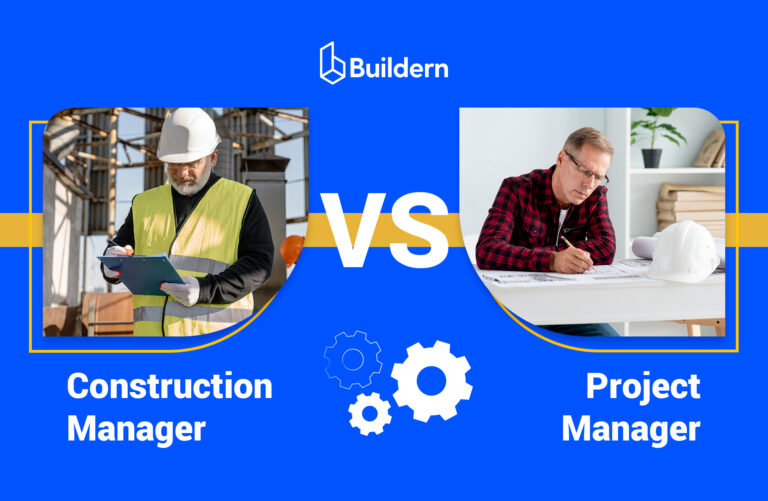Construction Proposal Generation: From Template to Finalized Version in an Hour
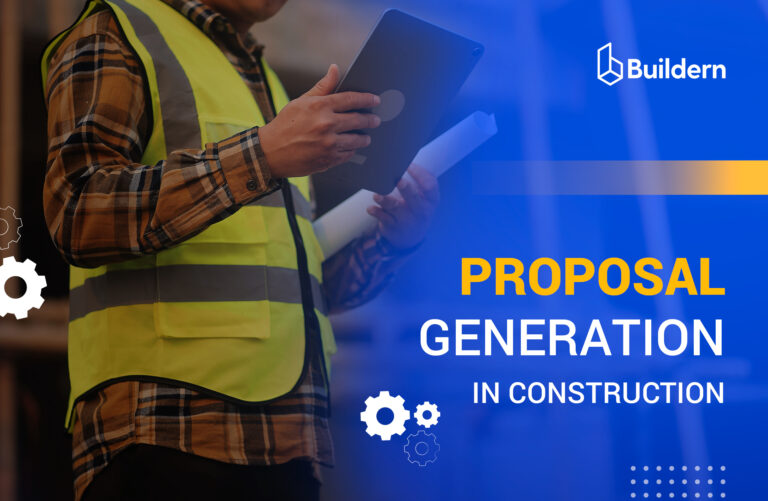
A price tag in construction is important, but this is not the only thing the homeowner expects to get. When reaching out to a general contractor, they want to see a smooth process and reassurances that their vision will be understood.
The homeowner expects to see the scope of work laid clearly and the contractor’s commitment documented. This is a clear sign of efficient proposal generation. A well-crafted construction proposal not only defines the project but also sets the tone for collaboration and future communication with the customer.
In this blog, I will explore what proposal generation truly means and how contractors can efficiently create proposals without compromising quality.
Table of Contents
- Purpose of a Construction Proposal Generation
- Key Points to Consider when Writing a Proposal
- Turning Client Needs Into a Formal Proposal
- Proven Tips for Stand-Out Proposals
- Final Takeaways

Purpose of a Construction Proposal Generation
It’s a document that indicates all project details and the foundation of trust between a general contractor and a client. A proposal outlines every critical detail of the project. It includes the scope of work, materials to be used, and the contractor’s responsibilities.
But beyond being a technical document, it serves as a tool to stay competitive in the market. Making a clear and detailed proposal is a general contractor’s best marketing tool. Besides, the way and format you pitch your services is essential for communication and organization of the construction process.
Besides, homeowners and project owners often reach out to multiple contractors. The one who responds with a high-quality and detailed proposal generation gains a clear advantage.
The real challenge lies in balancing speed with quality. Creating proposals quickly is not a goal in itself, but of course, it adds a competitive benefit. If a contractor has ready-made templates and structured data, it’s easier to shape a proposal. If starting from scratch, one can form it with the construction management software to save time and set the tone for further work with the homeowner.
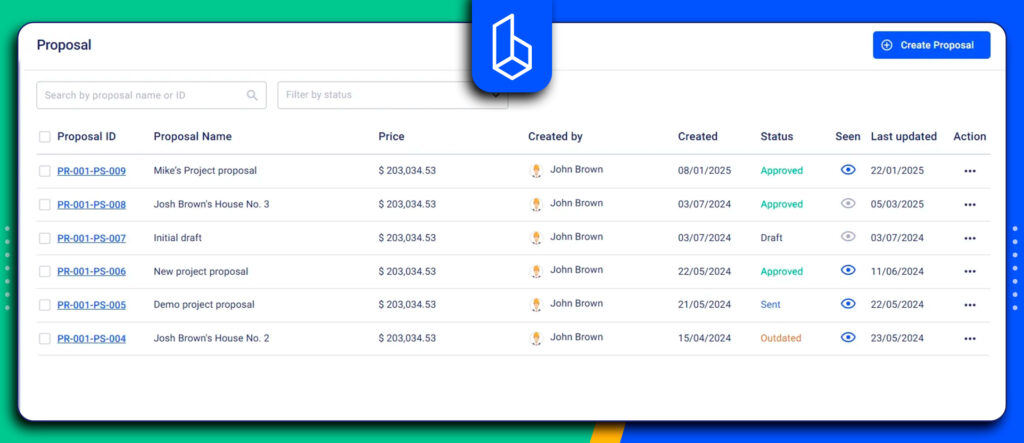
Key Points to Consider When Writing a Proposal
When it comes to the proposal generation process, contractors need to remember that not every homeowner is familiar with construction or financial management. Clients are not experts; they are just owners who want to clearly understand how much they will have to pay and what exactly they are paying for.
Here are some points:
- Clarity Over Complexity: Keep the language simple and easy for the client to understand. Avoid construction jargon unless it’s explained.
- Break Down Costs: Use clear categories like labor, materials, and equipment.
- Customize It: Every client is different; highlight aspects that match specific priorities.
- Focus on Transparency: Deliver as many details as possible to avoid disputes later.
- Bring More Accuracy: Double-check figures, names, and other details before sending. Mistakes can undermine credibility.
- Be Consistent: Format, tone, and structure should be unique throughout the proposal to present a polished image.
Presenting the proposal in clear terms to leave no room for misunderstanding is a key part here.
Turning Client Needs Into a Formal Proposal
When done for the first time, proposal generation seems to be a long and complex process. However, with every new client, a general contractor learns how to make the process smoother. The main goal is to turn initial conversations with a client into a clear, formal document that will pitch your services in the best possible way. Let’s see how this process goes from start to finish.
Initial Client Communication
The first step is effective client communication. This stage is about listening more than talking and understanding what the client truly wants. Of course, the budget is a key. However, instead of jumping into costs, it’s essential to ask guiding questions about the expectations and timelines.
At this stage, contractors also review available documentation such as blueprints, sketches, or design drafts to gain a clear picture of the project’s scope. Of course, the budget is also important.
Good negotiation at this point means clarifying needs, identifying potential constraints, and aligning your expertise with the client’s vision. The key is to show flexibility while setting realistic boundaries.
Pre-Proposal Inspections
The research and planning stage is the foundation for a reliable and competitive proposal. Once client requirements and initial documentation are clear, contractors usually check feasibility through site visits, design reviews, and detailed analysis. It’s better to do this as early as possible to uncover potential problems.
A few typical issues the contractor may encounter include:
Poor Site Conditions
Before drafting a proposal, the contractor must inspect the site, as there can be issues such as soil instability, poor drainage, or hidden underground utilities.
Design Conflicts
There can be inconsistencies or missing details in blueprints and drawings. It’s better to find a big tree that may interfere with excavation or foundation work before construction starts, rather than dealing with delays later.
Regulatory or Permit Issues
Zoning restrictions, building code requirements, or environmental approvals are things to be checked as early as possible.
Timeline Conflicts
During the pre-proposal stage, a contractor can identify potential scheduling issues before work begins. For example, if a project is planned to start during the rainy season, excavation or concrete work may be delayed.

Sending Bid Requests
An essential part of this stage is sending bid requests to get information about material prices and subcontractor fees. Instead of relying on rough averages, contractors send a quote to trusted subs and vendors. The key is to provide clear, standardized bid packages that outline project details, timelines, and specific requirements.
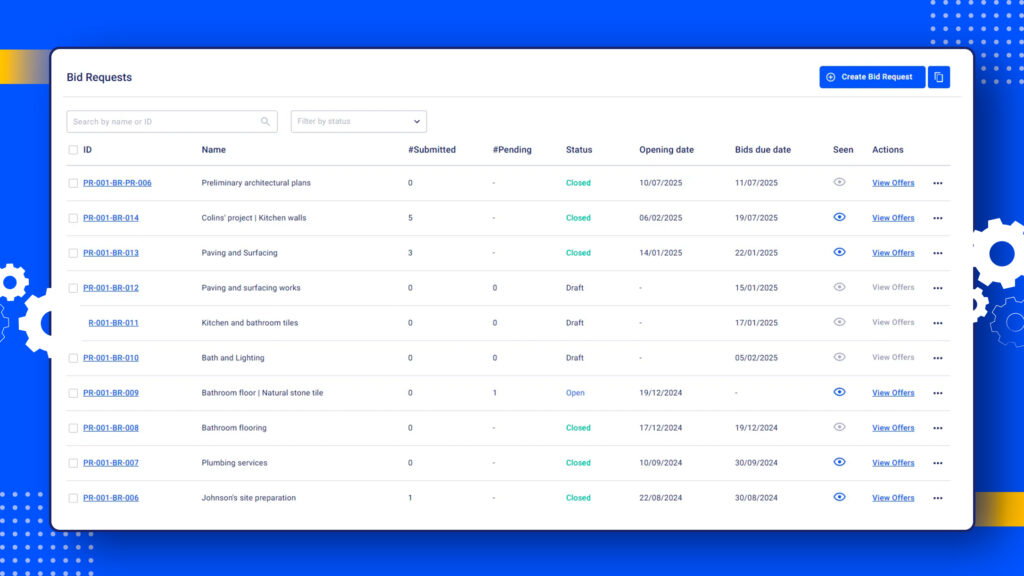
For example, if a contractor is building a custom home, the bid request for the electrical subcontractor should include the full layout of the wiring plan. This allows the subcontractor to provide a precise quote.
However, if a contractor has recently made similar inquiries and is using construction management software, the process becomes much easier. Such tools allow contractors to create templates from previous bid requests, saving time and reducing repetitive work. This reduces confusion and saves time.
Creating an Estimate
Construction estimating is a critical step in turning a proposal into a realistic plan. An estimate outlines the expected costs for completing a project based on the fresh bid requests or already collected and updated data from previous projects.
A comprehensive estimate typically includes several key components:
- Labor Costs: Wages for the crew and any specialized skills required.
- Materials and Equipment: All building materials, tools, and machinery needed to complete the project
- Subcontractor Fees: Costs for specialized trades such as plumbing, electrical, or HVAC work.
- Allowances: A budgeted amount can be included in a construction estimate to cover items or work whose exact cost is not yet known.
Markups: It’s a percentage applied to the project’s direct costs to account for overhead, indirect expenses, and profit. Not every estimate includes a markup, and it mostly depends on the agreement between the homeowner and a general contractor.
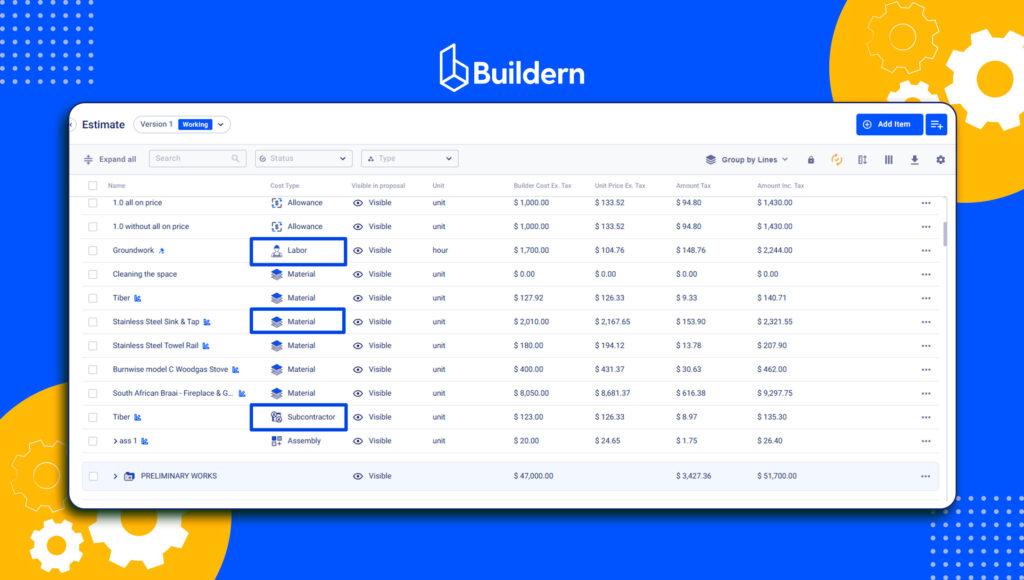
Submission of a Proposal
Once a detailed construction estimate is prepared, turning it into a formal proposal becomes much easier. If using construction software management tools client-ready proposal in just a few clicks. These tools allow users to pull the estimate directly into a proposal template.
Another advantage of noting it manually is that you can customize it. This does not apply only to the design and the cover image. A builder can hide or show some items in the proposal. For example, it’s possible to choose whether to show markups or amounts with or without taxes.
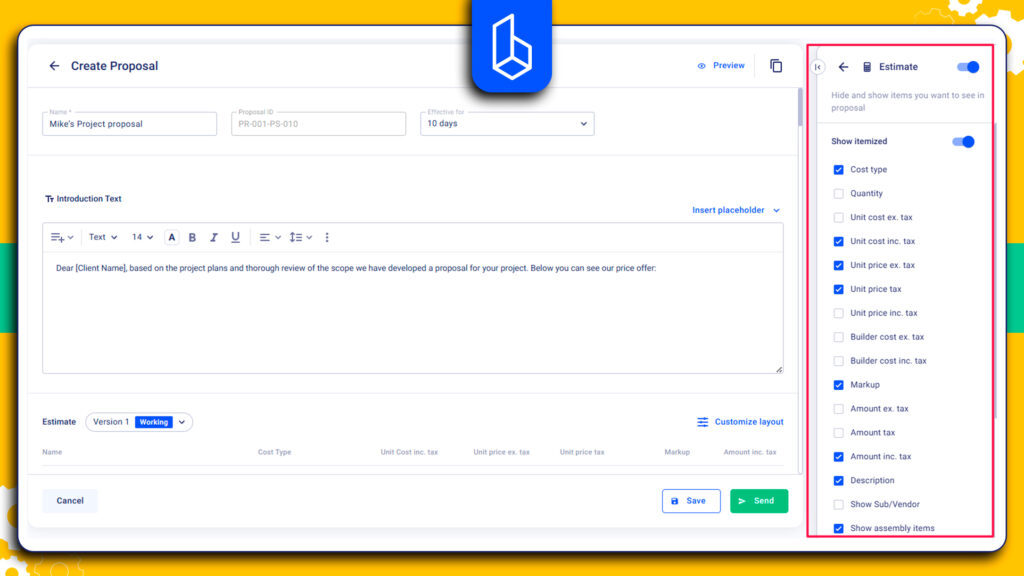
Adding signatures turns a construction proposal into an official, legally binding document. For example, there can be dedicated signature fields for a general contractor and a homeowner.
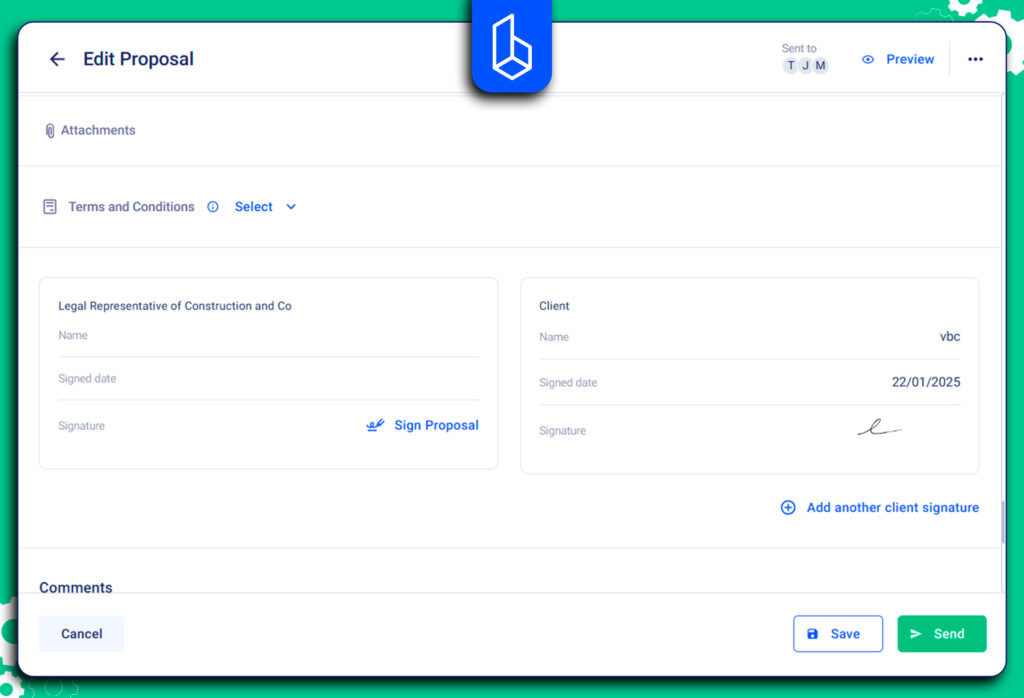
Approval and Follow-Ups
After submitting a proposal, the contractor enters a critical stage of waiting for client feedback. During this period, it’s important to establish a clear channel of communication.
It’s better to have a centralized platform for emails and confirmations to make the work faster. For example, real-time tracking notifies contractors when a client opens a proposal, enabling timely follow-ups.
Moreover, direct communication through one platform allows contractors to answer questions, clarify details, and adjust proposals quickly.
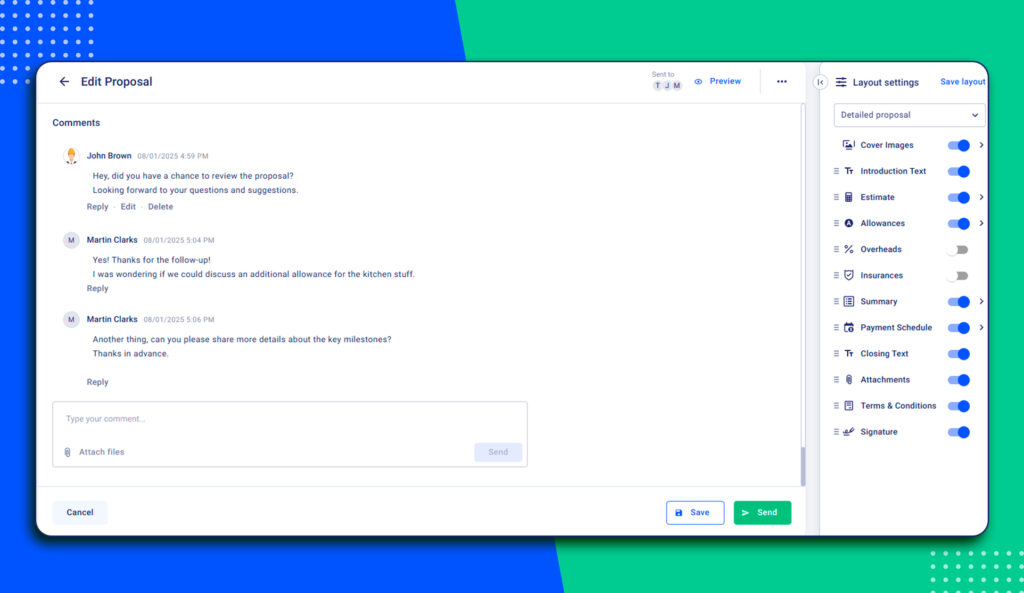
Timely follow-ups and client feedback are crucial, but it’s equally important to have them well-documented. Clear records of approvals, questions, and responses help prevent misunderstandings later. In this case, the homeowner would not be able to claim they didn’t agree to a particular change.
Proven Tips for Stand-Out Proposal Generation
Creating a proposal that catches a client’s attention is not only about numbers. It’s better to build trust from the very start, demonstrating professionalism and focus on details.
Here are some tips to write a proposal that helps you stand out from the competition.
#1 Personalize for Each Client
Having a template is important and saves a lot of time, but it is not copying and pasting from one sheet to another. Every client has unique priorities, concerns, and expectations. This includes budget constraints, design preferences, or project timelines.
By tailoring the proposal to address these specific needs, builders show they understand the homeowner’s vision. The clearer the proposal is, the fewer mistakes will occur in the future. Besides, responding to the client’s feedback also shows if a general contractor is ready to make corrections during the project quickly and efficiently.
#2 Keep Language Professional but Easy to Understand
When writing a proposal, remember that most clients are not experts in construction or technical terminology. By the way, homeowners do not need to be. Overloading them with jargon or complex financial terms can create confusion.
It’s better to use clear, straightforward language that shows what you are ready to do and what the price is for it. For example, instead of using highly technical material names or accounting terms, explain costs in everyday categories like labor, materials, and equipment. The goal is to make the client feel informed and comfortable.
#3 Use Visuals and Supporting Materials
Adding visuals such as material photos and samples helps clients better understand what they’re paying for. This turns into a more engaging experience.
Visuals make abstract details tangible, especially for clients who struggle to interpret construction terms or line items. The best solution is to have a cost catalog with all items with prices and visuals to move them to the estimate when needed.
Beyond photos, formatting the proposal in a polished, professional way with the company’s logo and branding offers additional credibility. It shows clients that you take their project seriously and that your business is reliable.

#4 Provide Clear Timelines
One of the most important parts of the proposal generation process is to have a clear project timeline. Clients want to know not only what will be done but also when it will happen.
Keeping up with schedules is one of the challenges in the construction industry. Although minor discrepancies are inevitable, the homeowner wants to see milestones to be able to monitor the construction process in the future.
Milestones highlighting site preparation, material delivery, and major construction phases give clients confidence in he builder’s planning. It also helps set realistic expectations and prevents misunderstandings later on.
Why is a Construction Proposal Important?
A construction proposal is important because it defines the scope, costs, and responsibilities of a general contractor. It’s a background for winning a project and serves as both a technical plan and a communication tool. It builds trust with the homeowner and sets the tone for collaboration.
What Should be Included in a Construction Proposal?
Any contractor is free to decide what will make this particular proposal stand out as compared to competitors. However, the more detailed it is, the bigger are chances that the builder will win the project. The mandatory part is to show the costs of labor, equipment, materials, and subcontractors. The format is optional, just as with other details, like including allowances or markups.
How Do Construction Firms Automate Proposal Generation?
Construction firms automate proposal generation by using specialized construction management software. The functionality of software differs. For example, some tools can pull data from cost catalogs, estimates, and bid requests directly into ready-made templates, cutting down manual work. Features like digital signatures, in-built messages, and notes provide more flexibility.
Final Takeaways
Successful construction proposal generation balances speed with quality. Client conversations can be turned into a winning project in under 60 minutes if one prepares a solid foundation.
A strong background for it is having a cost catalog and a detailed estimate. The proposals serve dual purposes. On the one hand, it is a technical document that outlines project specifics, and on the other, a marketing tool that builds trust with homeowners.
Investing time and effort into proposal quality pays dividends throughout the entire construction process.

